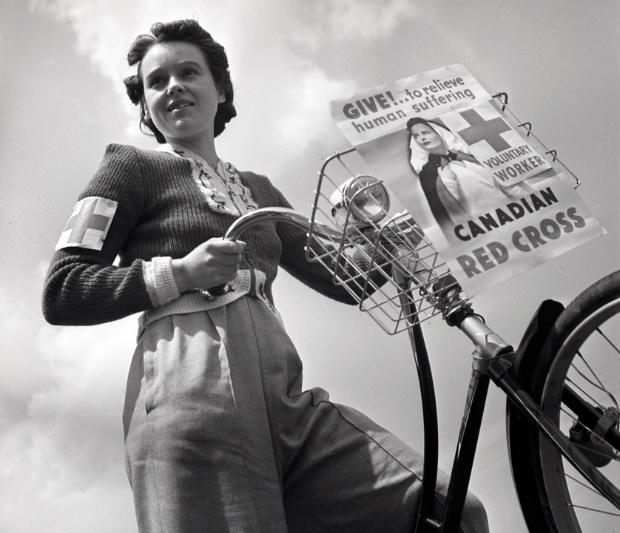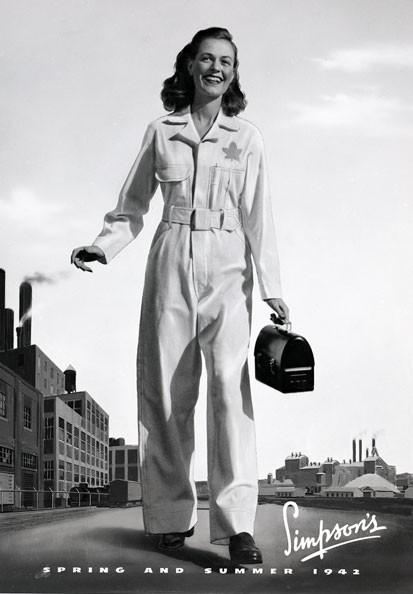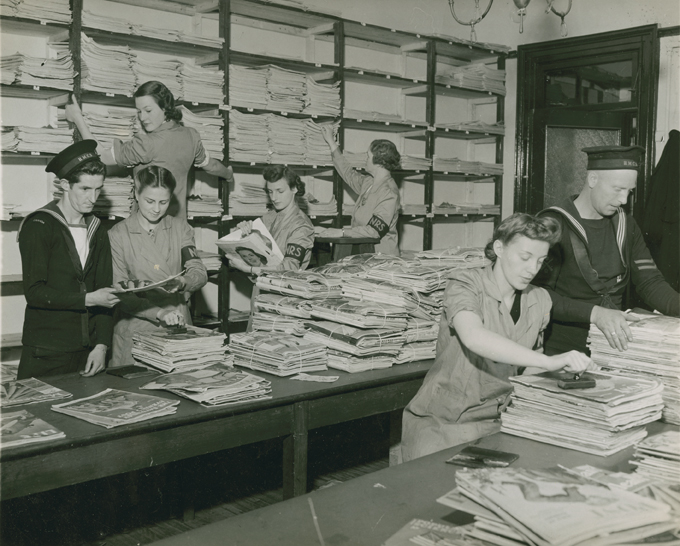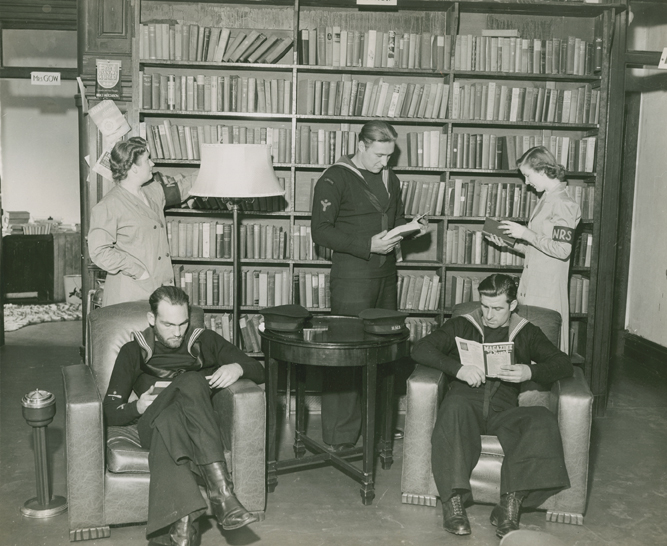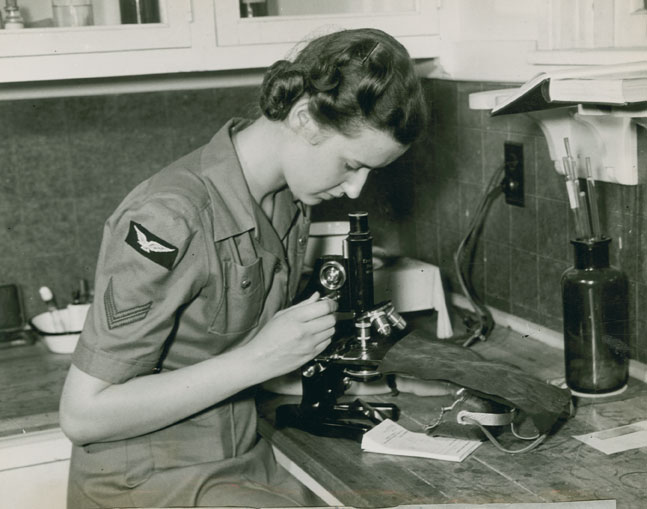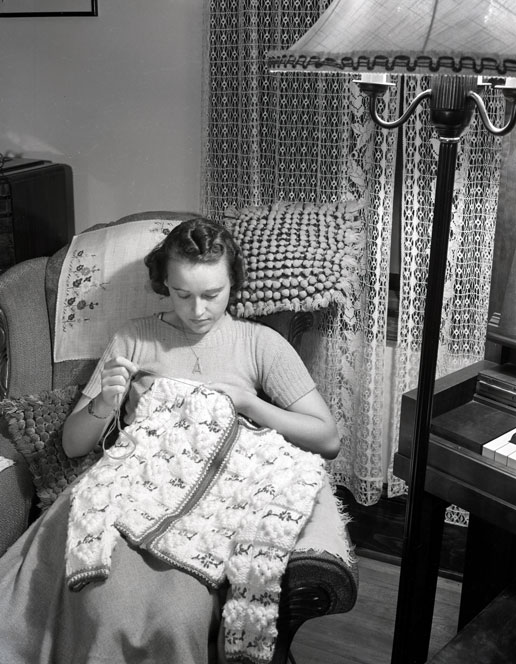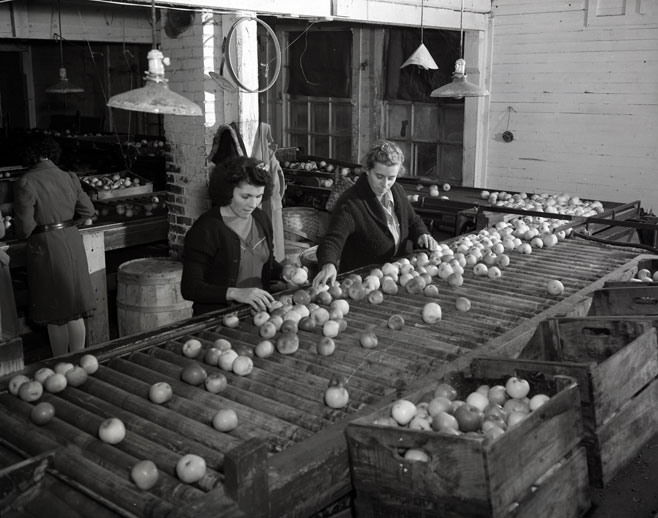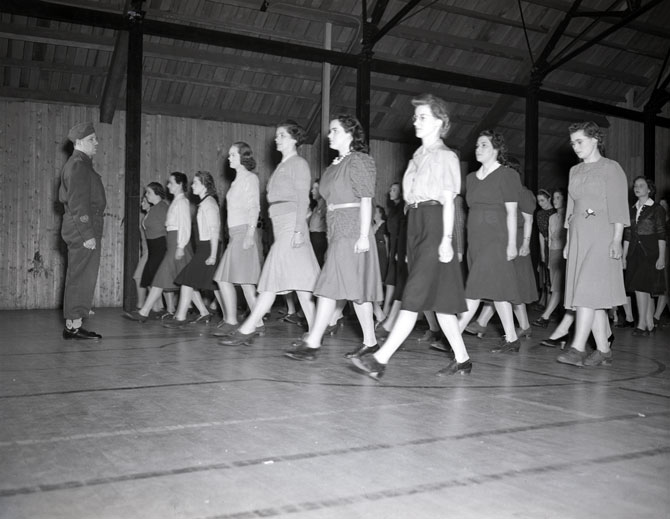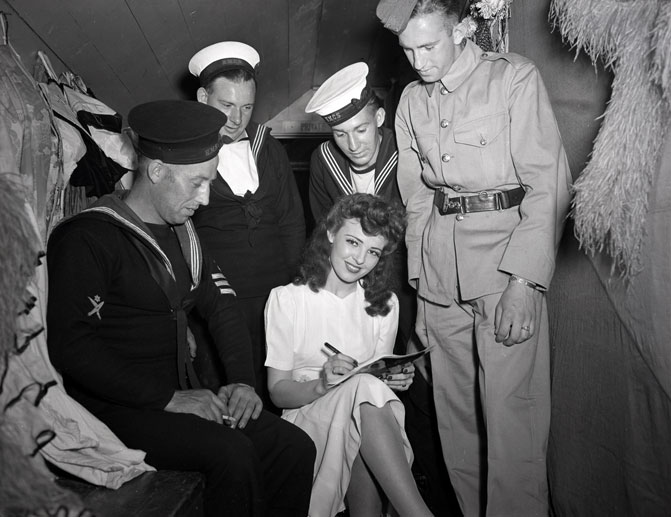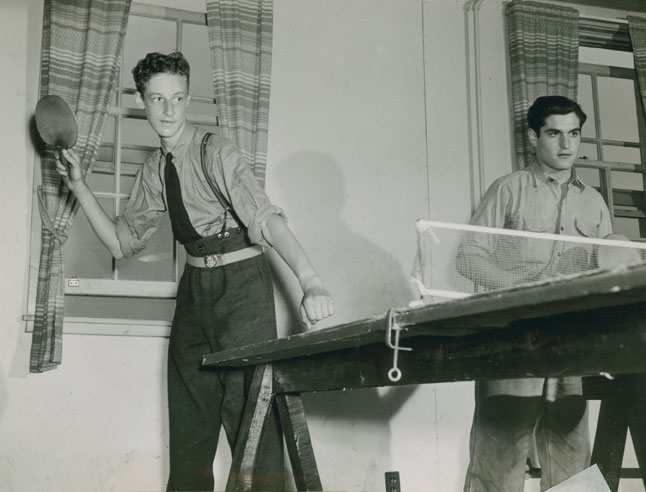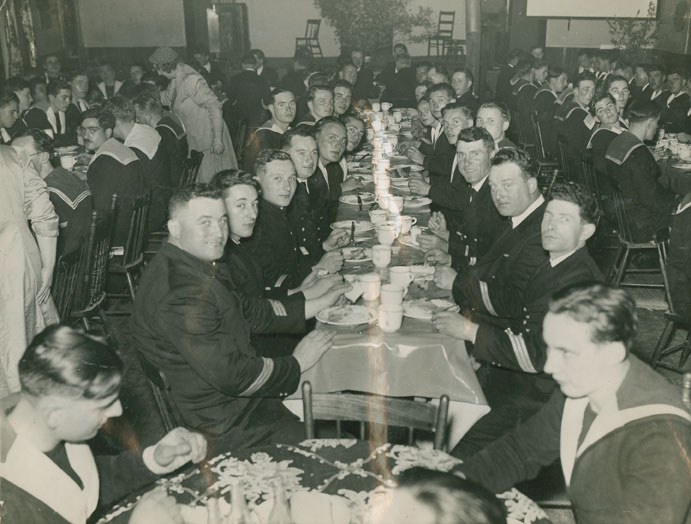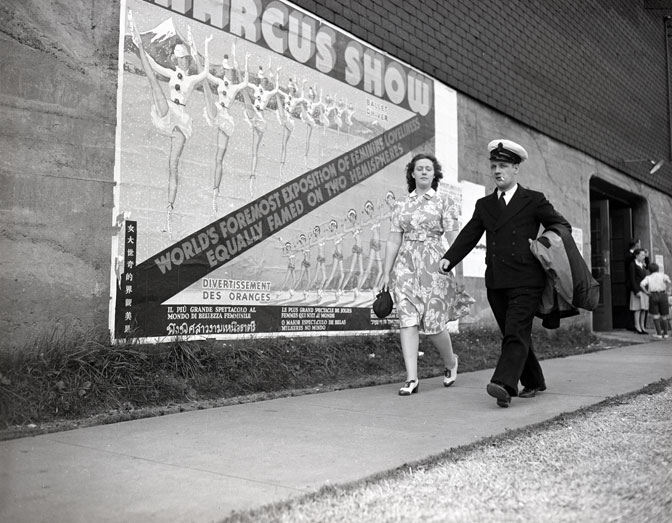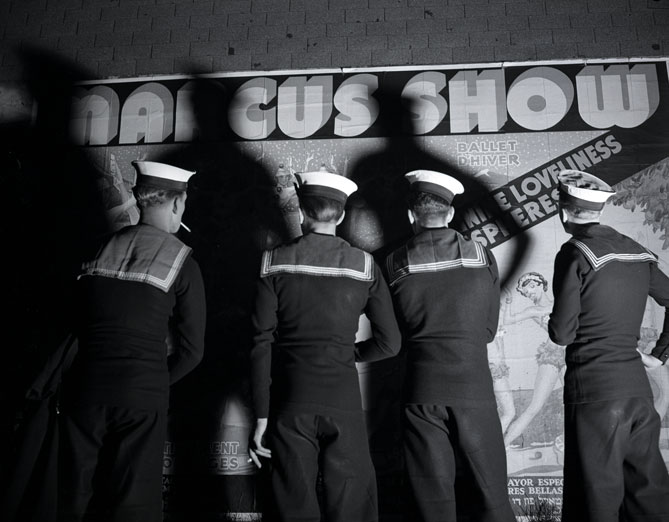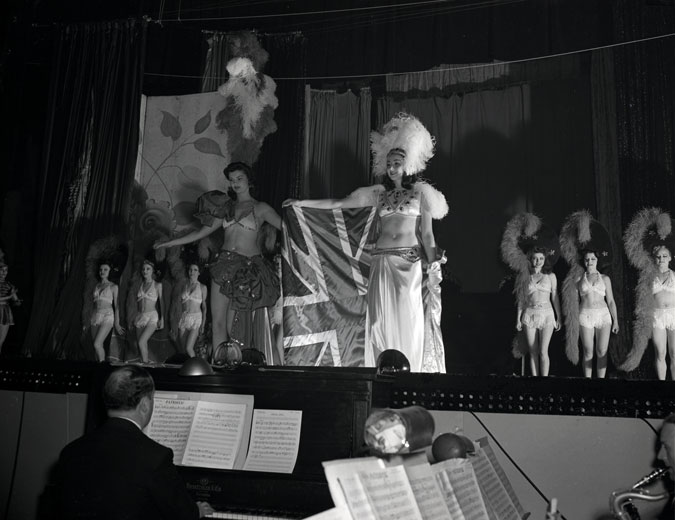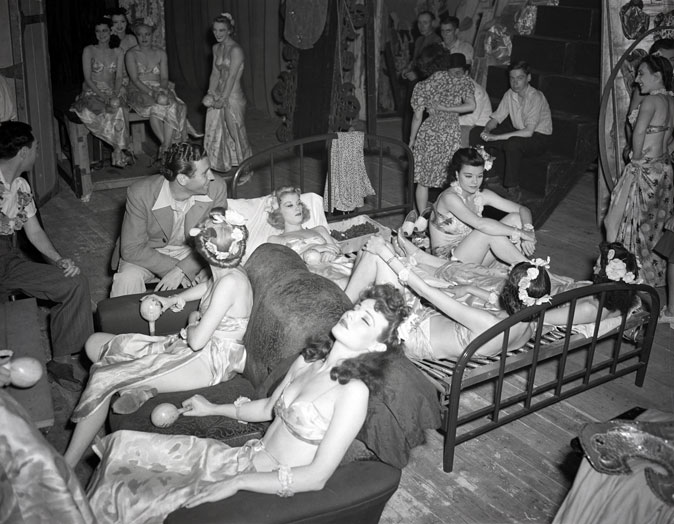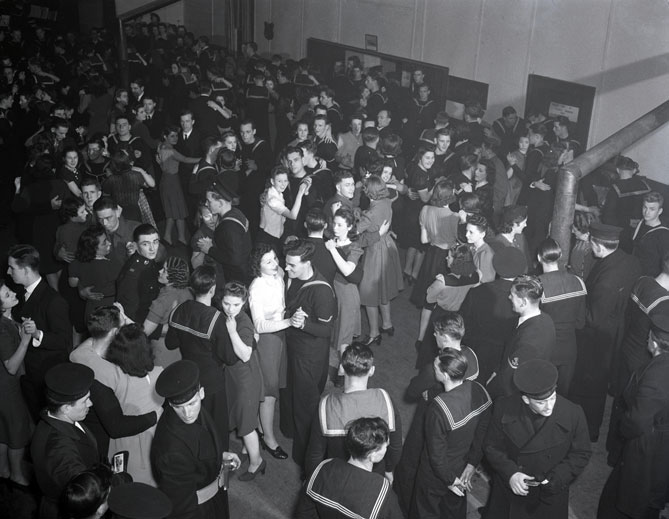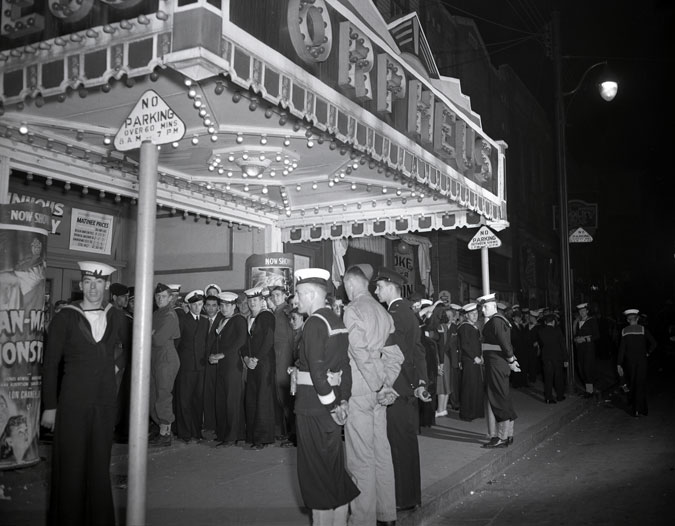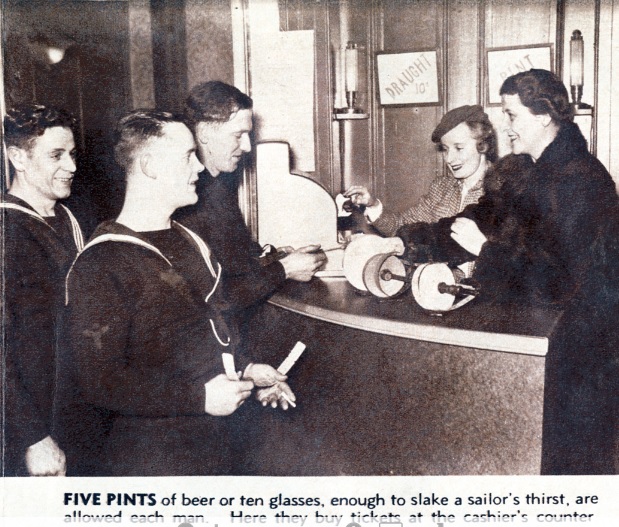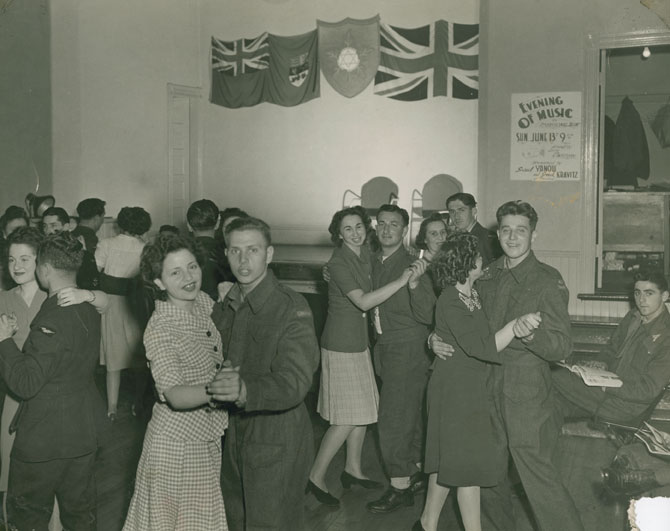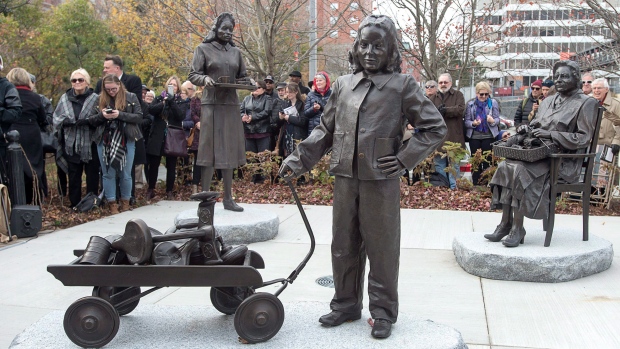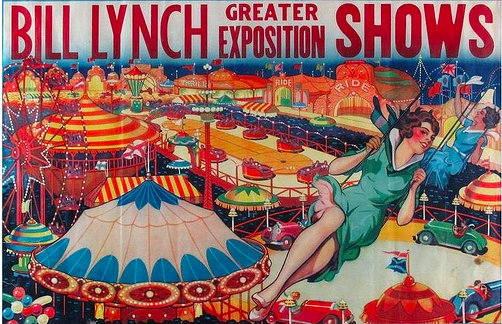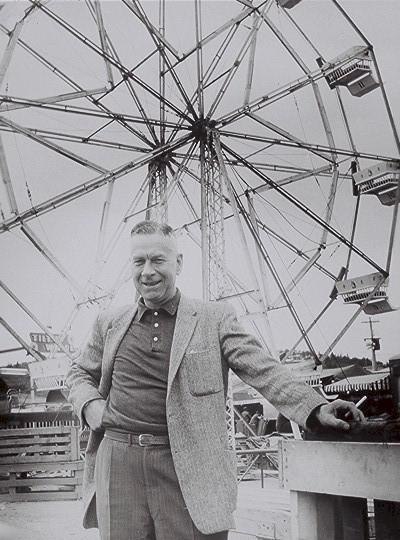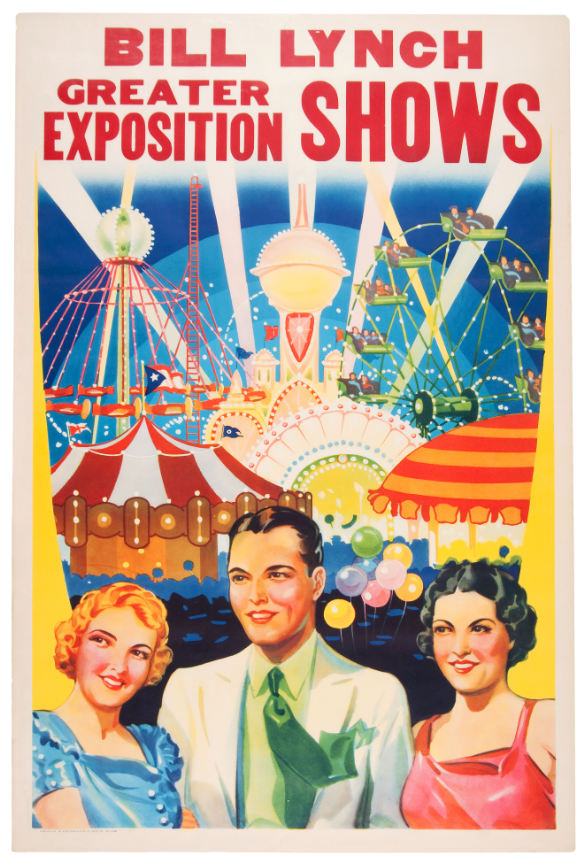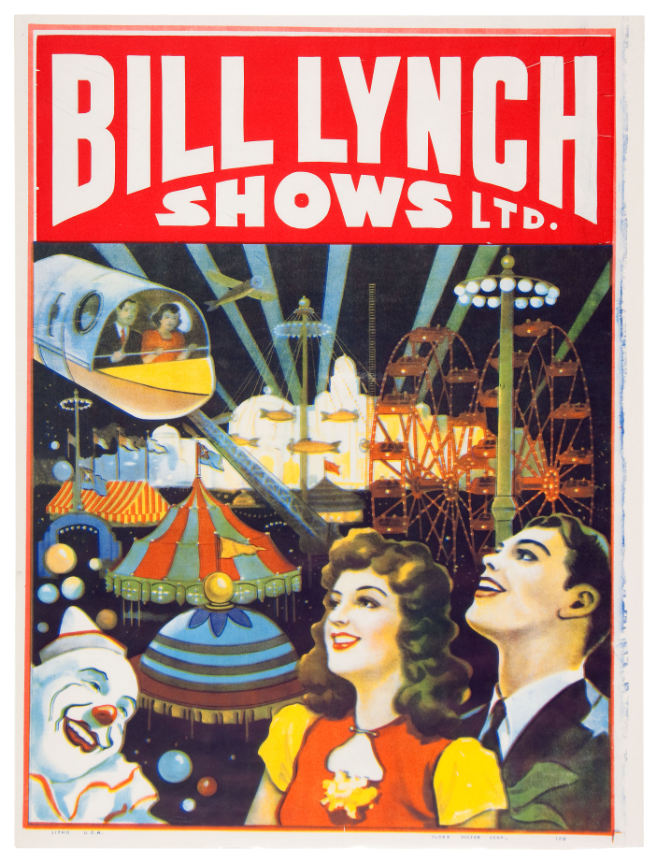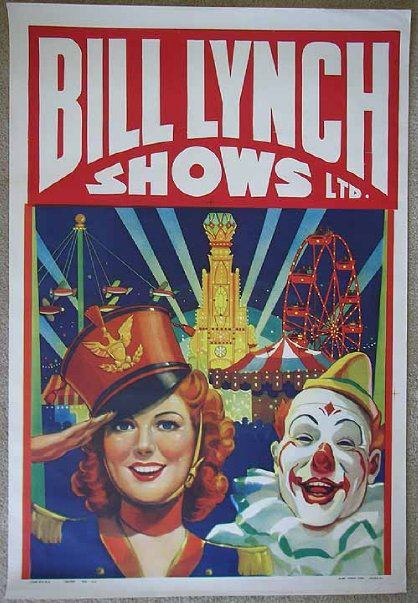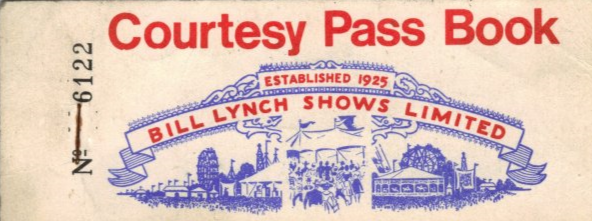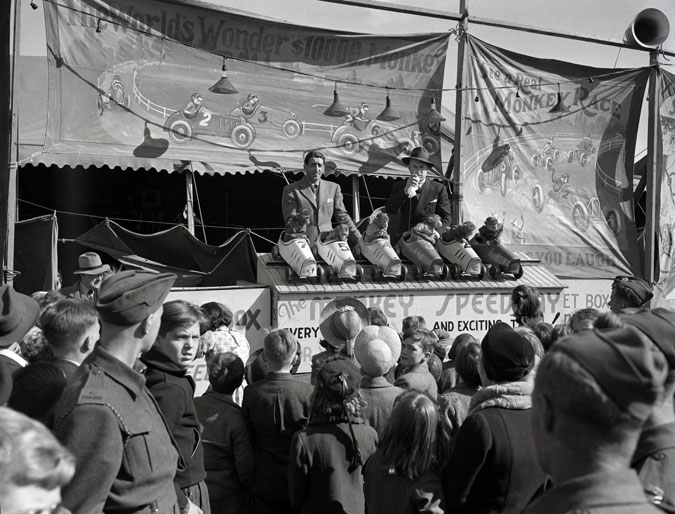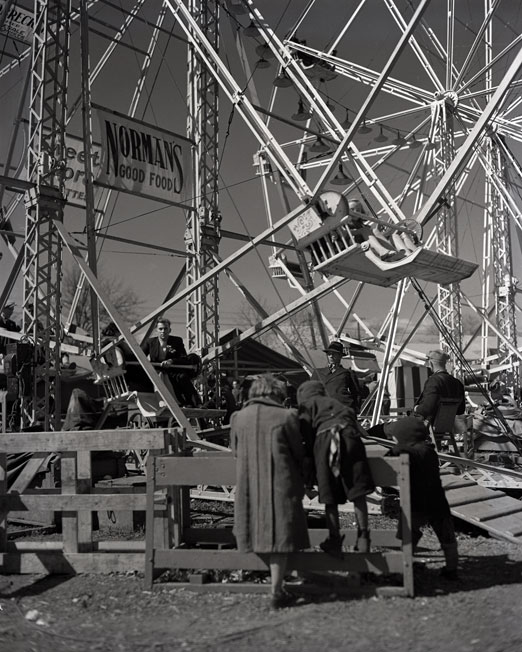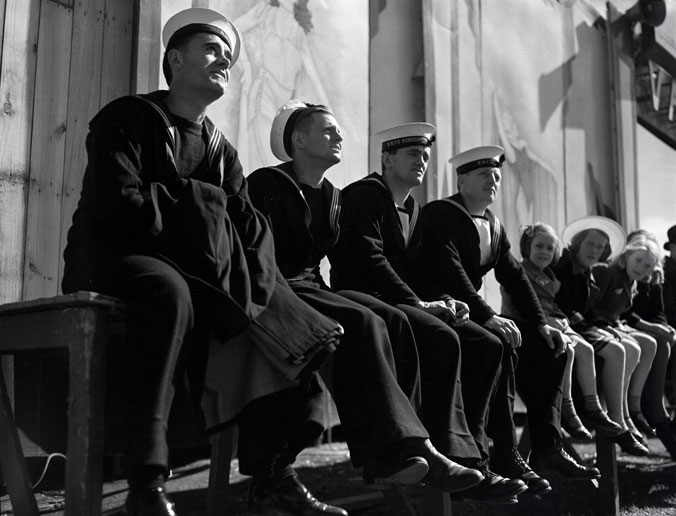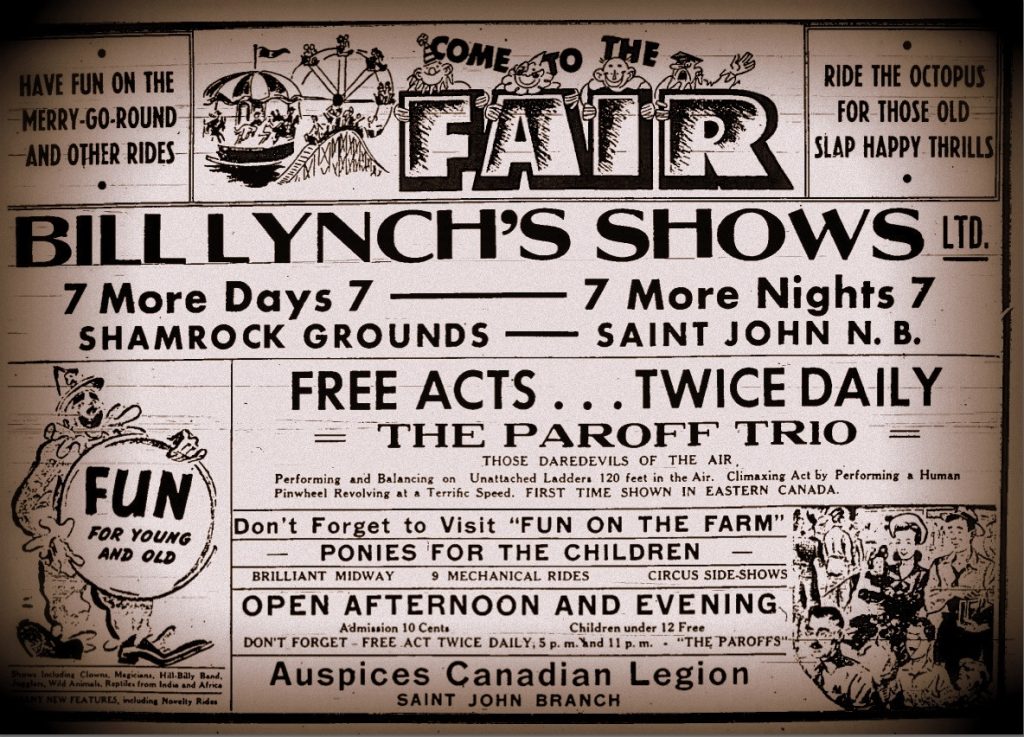Recently on Instagram a friend posted a link to a Canadian history mini movie called “Dancing was my Duty“. It was about the WW2 homefront work of the women in Halifax, Nova Scotia Canada. Now being a swing dancer and a lover of Canadian history from the 1940’s, I instantly needed to see what this as all about.

WOW was my reaction after I watched the movie. How have I never heard of this in my history classes? These women did so much for the homefront in such a short amount of time and their story needed to be shared.
So friends lets not have you wait a minute longer and fill you in on the Canadian women who “knitted socks and hats and scarves and absolutely all of the nice, warm, cozy things that our military personnel needed in Europe” (Quote from Janet Guildford Halifax Women’s History Society Chair).
Vintage Photos of the Halifax, Nova Scotia Women Volunteers of WW2
Background of Halifax during WW2
September 10th, 1939 Canada declares war on Germany. Halifax, a small gritty seaport city of only about 78,000 instantly becomes the principal and closest staging point in Canada for the war in Europe (Source).
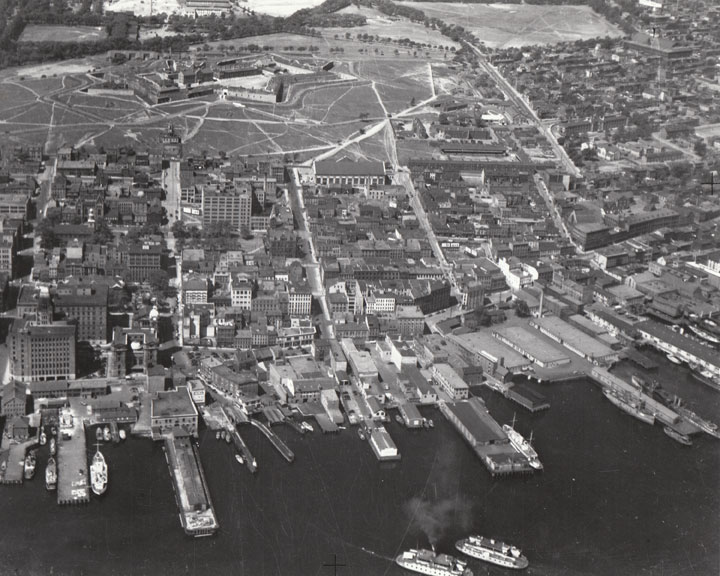
In just over 5 years the city would grow to 117, 000 as an influx of transient sailors, soldiers and airmen and, often, their families came and went. These new numbers of “residents” would strain every resource and create a shortage of housing and diversions for the troops, who were often bored while waiting for active duty (Source). The people of Nova Scotia and Halifax stepped up and volunteered their services (in huge numbers), with the majority being women. They worked in canteens, service clubs and hostels, providing food, entertainment and a ‘home away from home’ for the thousands of troops who flooded into the city.
The below is an excerpt from the Halifax Women’s History Society Website going into further detail about their contributions:
Women joined national organizations such as the Red Cross, the IODE, the Salvation Army, and the St. John Ambulance. In the Halifax/Dartmouth/Bedford area alone there were 18 separate branches of the IODE.
Local women also formed and launched groups such as the North End Services’ Canteen, the Halifax Central Magazine Exchange and the ANA Club. The hand of friendship was extended to thousands by churches and clubs offering hot meals and entertainment.
Women also formed groups to knit what were called “comforts” for sailors and merchant seamen, and for people in England, who were dealing with the German bombings. The women volunteers made quilts, clothing and bandages, collected salvage, helped organize blood donor clinics and encouraged people to buy war bonds.
A Few Important Statistics (source):
- The North End Servicemen’s Canteen served 400,000 hot meals in a two-year period.
- The Halifax Central Magazine Exchange distributed 4 million magazines and 30,000 packs of cards by June 1942 for troop and merchant ships in the harbour to alleviate some of the boredom and stress.
- There were 13 nursing divisions of the St. John Ambulance brigade in Halifax alone. The women’s volunteer brigades contributed more than 200,000 hours of nursing aid.
Knitting and sewing for overseas relief also was undertaken by women volunteers. The output was astounding. These figures are for the year 1945 alone:
- Knitted comforts for men overseas (mittens, scarves, etc.) 42,282
- Surgical dressings 33,263
- Quilts for civilian relief 4,664
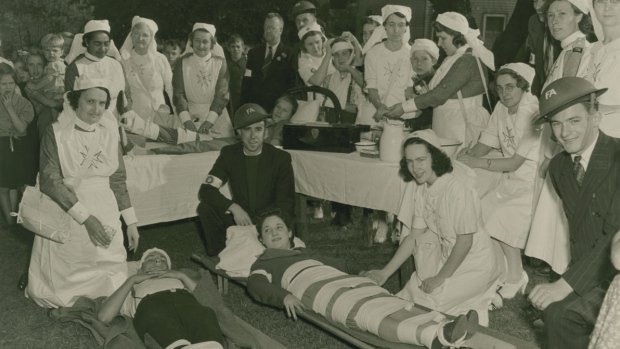
Volunteers at Work – The Vintage Photos
Magazine Department of the Naval Reading Service-1940 vintage photo.
Naval Reading Service 1942.
1940s Vintage Photo: Corporal Daisy Nunn working in the hospital of the RCAF Station Dartmouth (Note: Dartmouth is a community and former city in Halifax. Dartmouth is located on the eastern shore of Halifax Harbour).
Woman crocheting-1941.
Picking and Packing Apples factory-1941.
Red Cross, girls drilling-1941.
Red Cross Knitting Instructions for War Work-1942.
Side Note: Her set looks like my usual messy vintage set. Glad to see I’m true to history!
Entertaining the Troops
Excerpt from Halifax Archives:
World War II brought Royal Navy warships and Armed Merchant Cruisers to Halifax, spilling hundreds of sailors on to the streets in 1940-1941. They encountered a city which had become very ‘straight-laced’ during the 1930s.
Drink was available but under restricted circumstances that gave way to bootlegging and speakeasies. Social conventions of the time also looked down upon informal mingling of the sexes outside of marriage. As a result, there was not a lot for servicemen and war workers to do — so many took to entertaining themselves outdoors, and as they wished.
Before long, a network of hostels and canteens sprang up throughout the city, catering to servicemen and seamen and providing them with food, drink, a bath, sometimes a bed, and always a friendly ear. There were Merchant Navy Hostels, YMCA Huts, Knights of Columbus Huts, Salvation Army Canteens, IODE Canteens and the North End Service Canteen, as well as dedicated clubs for servicemen from foreign countries such as France and Norway.
The most famous of them all, the Ajax Club, opened in 1940 and welcomed naval ratings and petty officers from all the Allied navies. Monthly attendance was estimated between 10,000 and 15,000 men — until the club was unceremoniously shut down in 1942.
Another wartime entertainment initiative, The Halifax Concert Party, was created out of freely-given volunteer talent; show after show was produced throughout the war years for an unending sea of men in uniform. As well, troops and Halifax residents alike were routinely entertained by travelling productions such as The Marcus Show, which brought ‘the world’s foremost exposition of female loveliness’ to town, to relieve the tedium and horror that was otherwise known as war.
Ping Pong Game at RCAF Station Dartmouth.
North End Services Canteen.
Marcus Dance Show-1941.
A scene from the Marcus Dance Show in 1941.
Marcus Dance showgirls taking a break during or in-between shows-1941.
Side note: Love the 1940s hairstyle in this image.
Naval Personnel at a dance-1941.
Service personnel and civilians at Orpheus movie theatre Barrington Street, Halifax.
Ajax Club: 5 pints of beer or 10 glasses are allowed each man (that is a lot of beer!).
Evening of Music at the Quinpool Road Hostel-1942.
After the war ended, Halifax returned to normal fairly quickly (however not without a big bang, which you can read all about HERE). The troops went home, Canadian troops returned and the women went back to the lives that they had before the war started. Life carried on without any recognition to the hard-work and sacrifices made by these women.
Present Day & Wonderful News!
In 2017 these amazing women finally received public acknowledgment with the below monument, thanks to the efforts from the Halifax Women’s History Society. Thank you to the society and thank you to the women of Nova Scotia.
Read about how this historic monument came to be HERE.
Dancing Was My Duty – The Documentary
JANUARY 2023 Update: The video has been taken down and I can no longer show you any clips. SORRY ABOUT THIS!
BUT I did find a fun snippet from an interview from Vicki Grant who created the Documentary.
“There were ten boys for every girl so, as one of my ladies said, “If you didn’t have at least a few dates for Saturday night, you were slipping.” (Source)
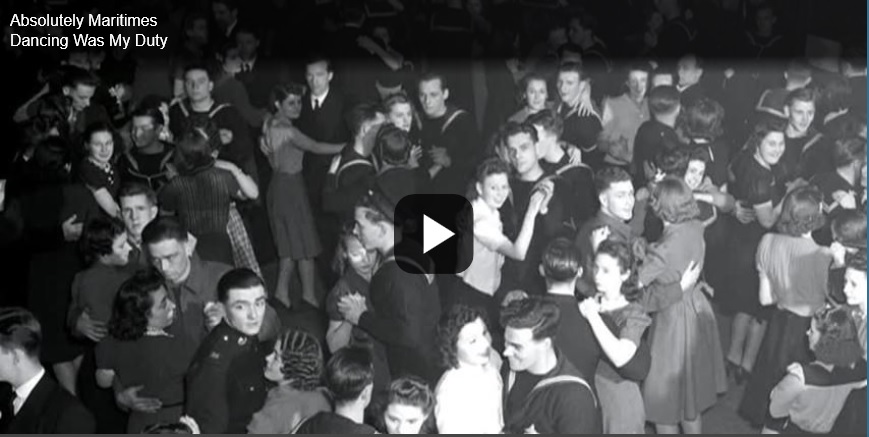
Further Reading:
- Nova Scotia Archives has a excellent virtual exhibit (where many of my images came from) on Halifax’s war effort. Check it out HERE.
- Halifax Women’s History website has lots of wonderful gems about this time period.
- World War 2 Women’s Contributions & Homefront Posts (Vintage Inn Blog Posts)
Question time: How did you like this post? Have you heard of these amazing women before? Maybe you have your own story to share about a grandmother, mother, aunt etc. who were one of these volunteers. Share your thoughts and comments below, I love hearing from you!
Liz

